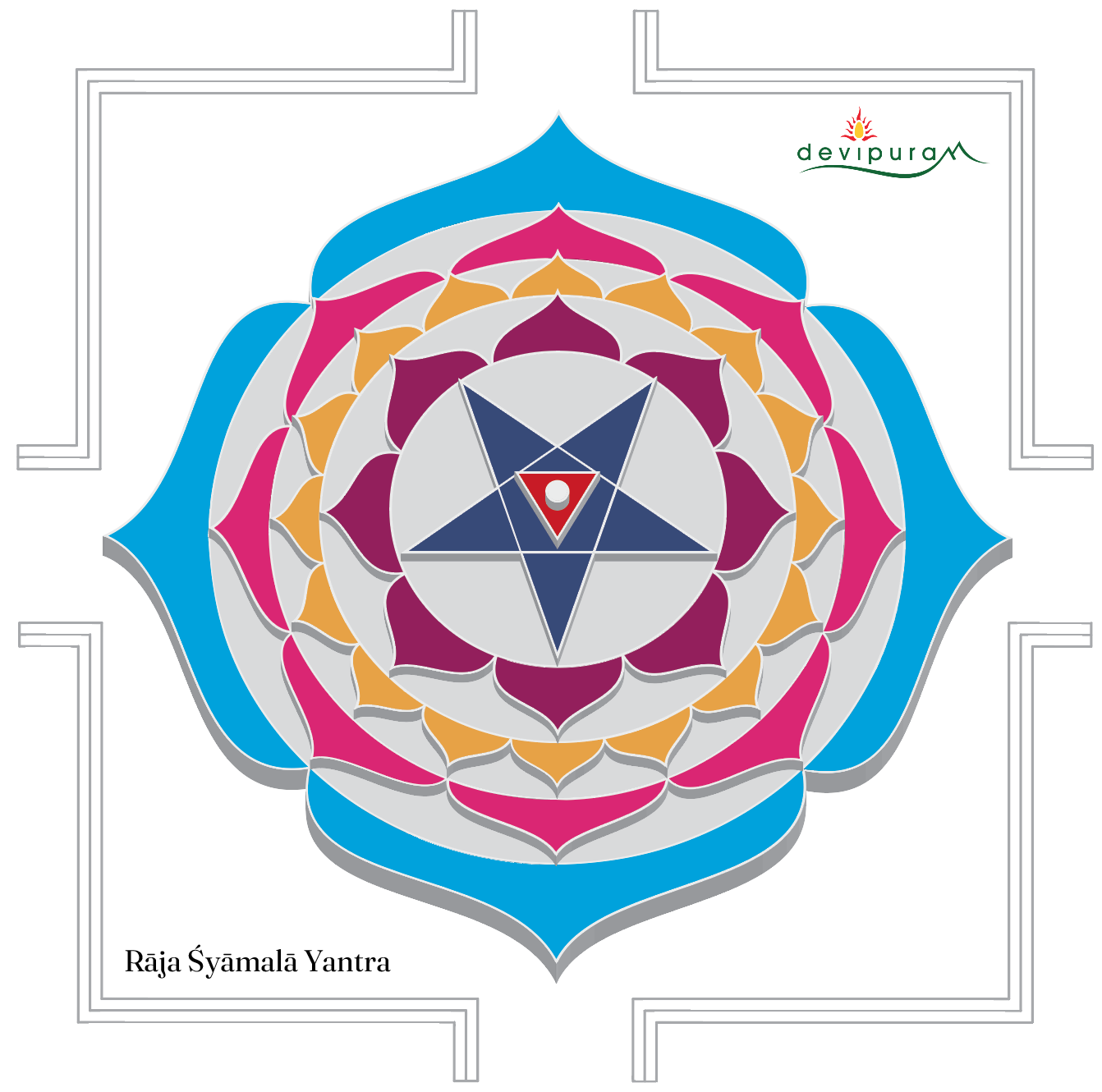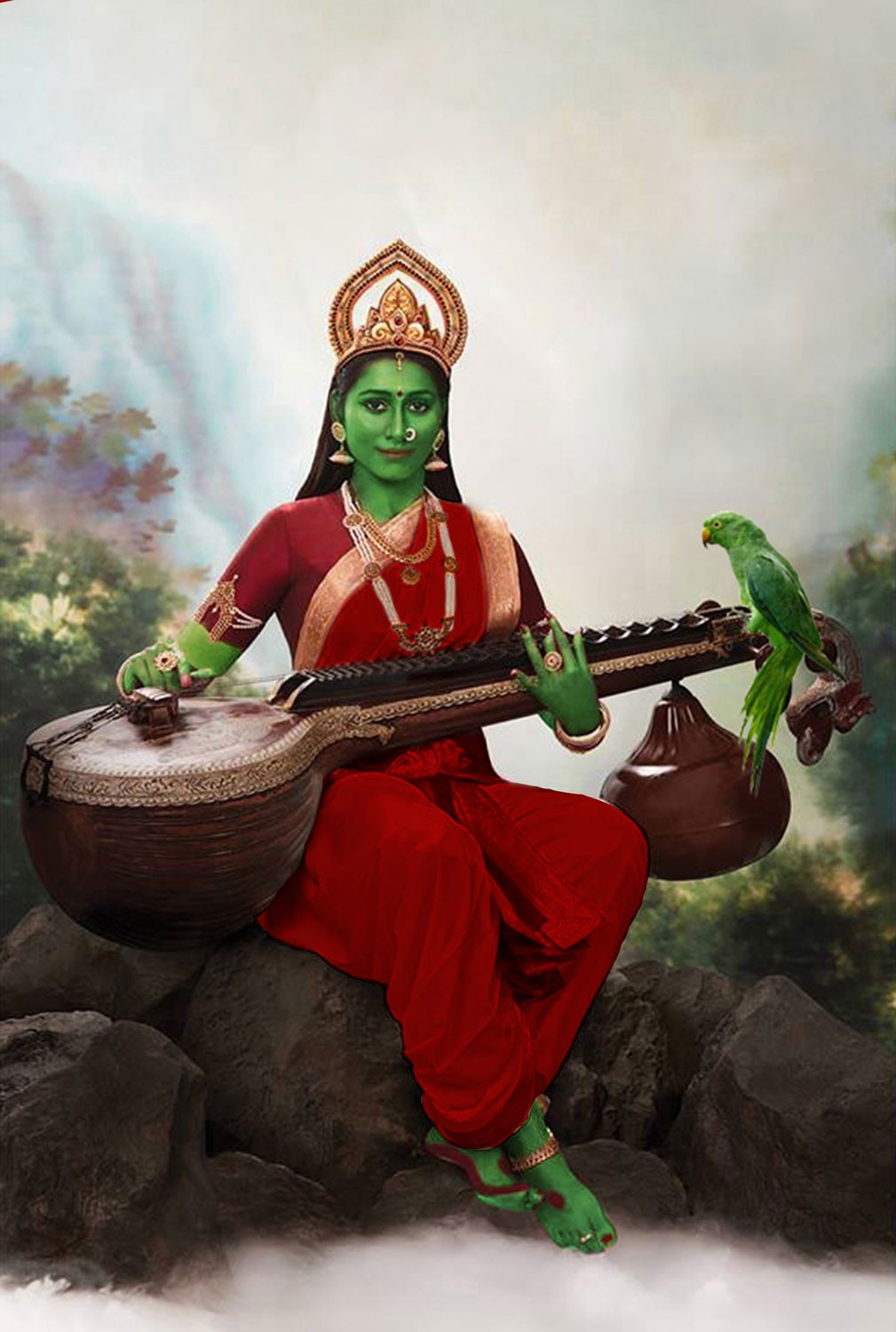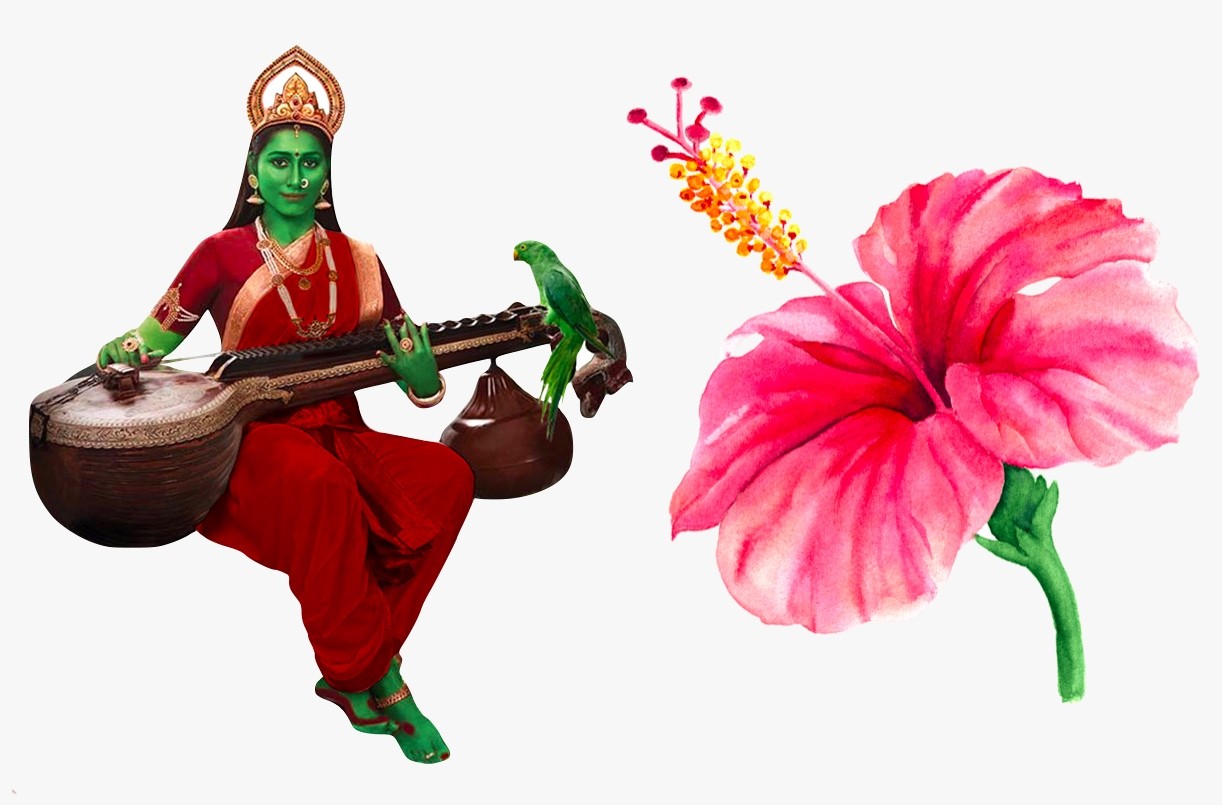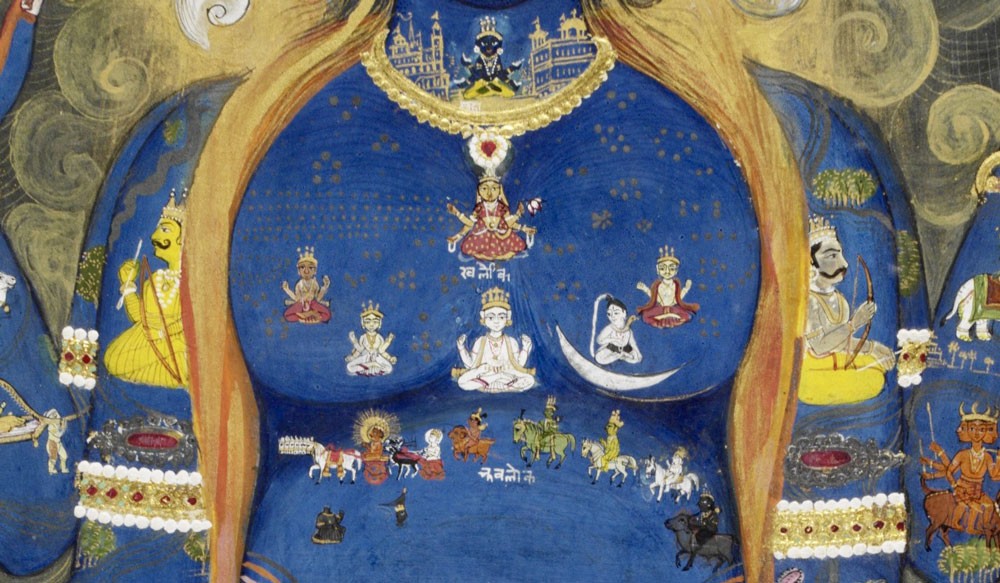Description of Rāja Śyāmalā's Chariot (Yantra) in Lalitopakhyana

The 19th Chapter of Lalitopakhyana contains the description of the yantra of Rāja Śyāmalā called Gīticakra/Geyacakra. And the process of its worship is given in the 5th Khaṇḍa of Paraśurāma Kalpa Sutra.
Lalitopakhyana states that there are 7 steps/enclosures in this yantra, even though there are technically 8 (the square enclosure described in vv. 81-90a, is not included it in the count):
- Bindu
- Triangle
- Pentagon
- 8 Petals
- 16 Petals
- 8 Petals
- 4 Petals
- Square
Chapter 19 (Verses 61-92)
61. Seven steps are mentioned in the excellent chariot (named) Gīticakra (Geyacakra also. See verse 63) [see notes on The chariot of Mantriṇīnāthā] that belonged to Mantrināthā and that had great wheels. There listen to those deities of the Devī.
62. Saṅgītayoginī is mentioned as the most beloved deity of Śrīdevī. Her abode was a seat in the middle of the step in the chariot Geyacakra.
63-64. The same first step was the place of residence of Mantriṇī.
Then the deities stationed on the second step in the excellent chariot Geyacakra were Rati, Prīti and Manojā with lutes and bows in their hands. They were dark-complexioned like the Tamāla (a tree with very dark leaves). They were competent to exterminate Dānavas.
65-69a. The deities of the arrows of the god of Love were stationed on the third step. They were five viz.: Drāviṇī, Śoṣiṇī, Bandhinī, Mohinī and Unmādinī. All these five had resplendent bows in their hands. There on the same step were stationed five gods too beneath the deities. They were Kāmarāja, Kandarpa, Manmatha, Makaradhvaja and the fifth one Manobhava. All these were capable of enchanting the three worlds. Marks on their foreheads with Kāstūrī (Musk) shone brilliantly. They glittered with pearls. Their entire body was covered with armour. They had the lustre of flowers of Palāśa (Butea frondosa). They are called Pañcakāmas (Five Kāmas or gods of Love). They eagerly sought the killing of Bhaṇḍāsura.
69b-72a. The deities mentioned before, the chief of whom was Brāhmī and the eighth one was Caṇḍikā (instead of Mahālakṣmī as in vv. 7 and 8 above) stationed on the fourth step of the leading chariot Geyacakra. There in the same step but beneath them were Lakṣmī, Sarasvatī, Rati, Prīti, Kīrti, Śānti, Puṣṭi and Tuṣṭi. These Śaktis are mentioned as Kumārīs (Virgins), O Pot-born sage. Their eyes were red due to anger. They held Kuntas (Lances, spears) and discus in order to kill Daitya of great strength.
72b-76. There were sixteen other deities beginning with Vāmā. They were stationed on the fifth step of that prominent chariot Gīticakra. Listen to their names from me—Vāmā, Jyeṣṭhā, Raudrī, Śānti, Śraddhā, Sarasvatī, Śrībhūśakti, Lakṣmī Sṛṣṭi, Mohinī, Pramāthinī, Āśvasinī, Vīci, Vidyunmālinī, Surānandā and Nāgabuddhikā.
They had the lustre of ruby. They were eagerly desirous of agitating the entire universe. At every step, they made elaborate preparations for the great battle. They were covered with adamantine armours. Others were engaged in loud boisterous laughs. They held various weapons and missiles such as the thunderbolt, batons, Śataghnīs and Bhuśuṇḍikās.
77-79a. Then those stationed on the sixth step of the leading chariot Gīti (i.e. Gīticakra) were the Bhairavas beginning with Asitāṅga. They were dreadful due to their weapons. They held the trident and the drinking bowl. They were blue-complexioned. They were— Asitāṅga, Ruru, Caṇḍa, Krodha, Unmattabhairava, Kapālī, Bhīṣaṇa and Saṃhāra—these were the eight Bhaiṛavas.
79b-80. Then, stationed on the seventh step of the leading chariot Gīti were Mātaṅgī, Siddhalakṣmī, Mahāmātaṅgikā and Mahatī, Siddhalakṣmī repeated again. They were red-complexioned. They held bows and arrows.
81-86a. Beneath the same step were stationed Gaṇapa (the heads of Gaṇas, Kṣetrapālas), Kṣetrapa, Durgāmbā and Baṭuka with weapons in their hands. There itself, beneath the step were stationed Lakṣmī, Sarasvatī, and the treasures Śaṅkha and Padma —all of them held weapons in their hands. They were furious with Bhaṇḍa of fierce valour and exploits, the enemy of the entire world.
The ten leaders of the quarters beginning with Śakra and ending with Viṣṇu were stationed in the same step but beneath, in the forms of Śaktis. They held thunderbolt, spear, Kāladaṇḍa (staff of Kāla), a sword, a noose, a flag, a mace, a trident, the missile of Darbha grass and the discus. They devoutly served Mantrināthā always in order to destroy the Asura followers, the wicked unbelievers, of Bhaṇḍa, thorns for the whole of the universe.
86b-90a. The protectors of the cardinal points resorted to the Gīticakra because they were eager to remind and inform Lalitā (about the task of slaying Bhaṇḍa) through the support of Mantrināthā. All the submissions (and petitions of request) of all Devas to Mahādevī yielded results if they were submitted through Mantriṇī.
Petitions to a queen submitted through the important ones result in the acquisition of fruit by the servants.
Otherwise, how could they even approach Śrīdevī whose refulgence was blazing forth and whose prowess was invincible.
90b-92. Because she was the deity of the lore of Music, she was the most beloved one of Śrīdevī. In the case of fulfilment of tasks she never transgresses what is mentioned by her. In the Śakti empire of Śrīdevī, the deity Mantriṇī was powerful enough to do, undo and alter all activities or to refrain from doing anything. Hence, all protectors of the quarters, desirous of victory of Śrīdevī continued to serve Mantriṇī who was her chief Aide.
source: wisdomlib















